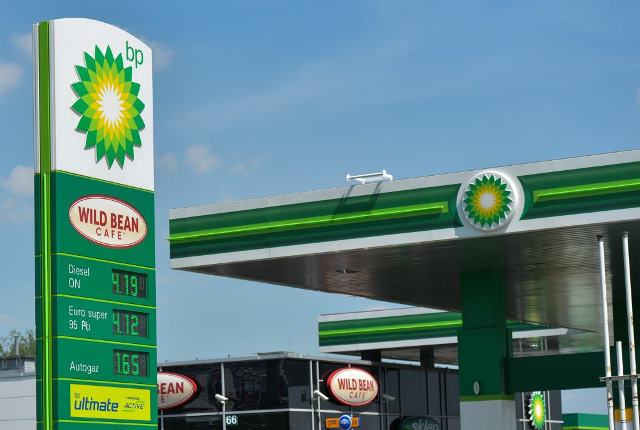BP has launched the green hydrogen cluster of the Valencia region (HyVal) at its Castellon refinery. Led by bp, this public-private collaborative initiative will be based around the phased development of up to 2GW of electrolysis capacity by 2030 for producing green hydrogen at bp’s refinery.
HyVal is expected to play an instrumental role in decarbonizing the operations of bp’s Castellon refinery. Its transformation – including green hydrogen, biofuels and renewable energy – could see bp invest a total of up to 2 billion Euro in Castellon by 2030.
Green hydrogen – generated by the electrolysis of water using renewable power – will support decarbonization of the refinery’s operations, replacing its current use of ‘grey’ hydrogen generated from natural gas.
Its production of biofuels is expected to increase three-fold, to 650,000 tonnes a year 2030. Green hydrogen will also be used as a feedstock in biofuel production, specifically of sustainable aviation fuel (SAF).
HyVal was launched by Andres Guevara, president of bp Energia Espana, in a presentation attended by more than 200 people, including Spain’s Minister of Industry, Commerce and Tourism, Reyes Maroto, the president of the Generalitat Valenciana, Ximo Puig, and the mayor of Castellon, Amparo Marco.
Andres Guevara said: “We aim to develop up to 2GW of electrolysis capacity by 2030 for green hydrogen production, helping decarbonize our operations and customers.”
HyVal aims to support the development of Valencia region into a leader for the production of green hydrogen in Spain. Its hydrogen production is expected to be developed in phases.
The first, anticipated to be operational in 2027, will involve the installation of an electrolysis plant with at least 200MW capacity at Castellon refinery. This stage would be expected to produce up to 31,200 tonnes of green hydrogen per year.
Use of this green hydrogen to replace natural gas is estimated to be able to avoid more than 300,000 tons of CO2 emissions per year when used first in the refinery and then in thermo-intensive industries and heavy transport. This green hydrogen will also be used as a feedstock for the production of SAF (Sustainable Aviation Fuel), at the refinery.
In the second phase, which could be completed in 2030, the electrolysis plant would be expanded to reach a capacity of up to 2GW of net installed power. Green hydrogen production from such a world-scale plant could support both regional and national demand, as well as positioning Valencia region to export green hydrogen to the rest of Europe through the Mediterranean corridor of green hydrogen H2Med.

